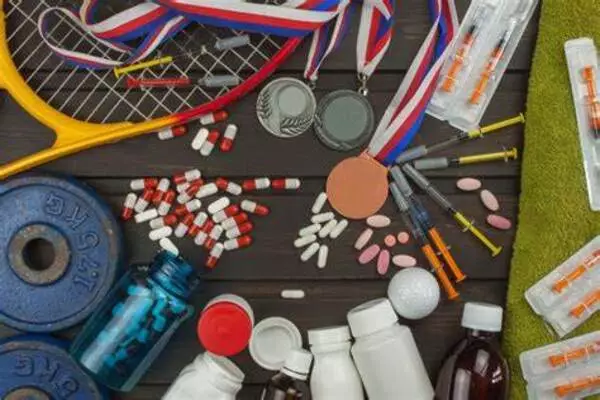Efforts to combat doping in sports have been ongoing for decades, and testing methods to catch athletes who use prohibited substances have advanced continuously. Traditional urine and blood tests are among them, as are more sophisticated techniques such as the analysis of biological markers, isotopic ratios, and even genetic markers.
As the world prepares for the upcoming Olympic Games, a new method for detecting doping compounds in urine samples may level the playing field for those attempting to keep athletics clean. Scientists have published a method that uses ion mobility-mass spectrometry to assist regulatory agencies in detecting existing dopants as well as future “designer” compounds.
The researchers will present their findings today at the American Chemical Society (ACS) spring meeting.
Every year, the World Anti-Doping Agency (WADA) publishes a list of substances, including steroids, that athletes are not permitted to use. However, distinguishing natural or “endogenous” steroids from synthetic “exogenous” steroids used to boost performance can be difficult.
As quickly as we develop methods to detect performance-enhancing drugs, clandestine labs develop new substances that give athletes a competitive advantage.
Christopher Chouinard
And regulators face another challenge: “As quickly as we develop methods to detect performance-enhancing drugs, clandestine labs develop new substances that give athletes a competitive advantage,” says the project’s principal investigator, Christopher Chouinard, Ph.D. These designer drugs are undetectable if testing labs do not know where to look for their specific chemical structures.
Chouinard’s team at Florida Institute of Technology is attempting to outwit cheaters by developing an assay that can distinguish between endogenous and exogenous steroids and predict the structure of new compounds that may appear in athletes’ urine samples.
Currently, testing laboratories use tandem mass spectrometry (MS) and gas or liquid chromatography to analyze samples. These methods fragment molecules in a sample and separate the fragments, producing spectra that can reveal the identity of the original, intact compounds. However, it can be difficult to distinguish molecules with minor structural differences – such as isomers – that distinguish endogenous steroids from exogenous steroids, such as the synthetic anabolic steroids athletes use to bulk up.

To emphasize these differences, Chouinard combines MS with ion mobility (IM) spectrometry, a separation technique he learned as a graduate student at the University of Florida with Richard Yost, Ph.D. Yost and colleagues discovered that modifying the molecules in a sample prior to IM-mass spec analysis could make the differences between isomers even more apparent. Chouinard used this technique after establishing his own lab in 2018 by reacting steroid samples with ozone or acetone in the presence of ultraviolet light – reactions that are well-known among researchers studying lipid isomers but are new in the anti-doping arena.
Chouinard’s team reported last year that they had successfully used these reactions in conjunction with IM-MS to improve isomer separation, identification, and quantification of a few steroids in sample solutions. The researchers now report that they have successfully characterized and identified nearly half of the prohibited steroids on WADA’s list using this technique in urine. They also demonstrated that the method can characterize and identify prohibited glucocorticoids like cortisol, which improve athletic performance by suppressing inflammation caused by injuries. The detection limits are less than one nanogram per ml.
In addition to locating known dopants, the team hopes to locate newly created illicit steroids that are not yet known to WADA. They are developing computational modeling and machine learning techniques with collaborators from Florida Institute of Technology, including Roberto Peverati, Ph.D., to try to predict the structure, spectra, and other properties of these molecules. “If we can develop methods to identify any theoretical steroids in the future, we could dramatically reduce doping because we would be able to detect these new species immediately, without the lag time that’s been associated with anti-doping testing over the last 40 years,” Chouinard says.
Though the assays themselves are quick, simple, and inexpensive, IM instruments are costly, with a price ranging up to roughly a million dollars, Chouinard notes. However, he adds, with the support of anti-doping funding organizations like the Partnership for Clean Competition (PCC), more labs might be willing to foot that bill, so long as the method offers a significant advantage in detection and deterrence.





